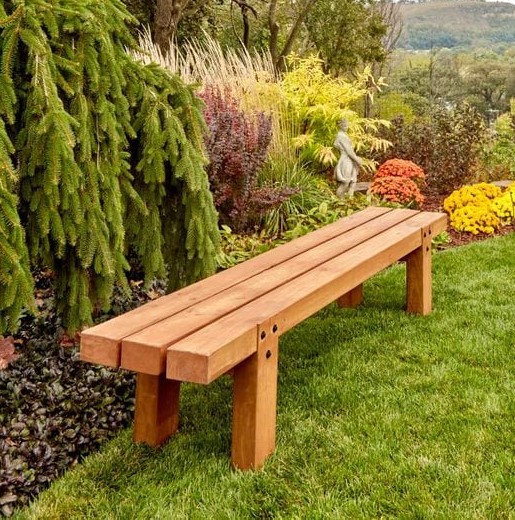Tropical Backyard is a great way to create a lush oasis in your own backyard. With the right plants, you can create a tropical paradise that will be the envy of your neighbors. Whether you want to create a tropical oasis for entertaining, relaxing, or just enjoying the beauty of nature, Tropical Backyard can help you create the perfect outdoor space. With tips on selecting the right plants, creating a design, and maintaining your tropical oasis, you can create a beautiful and inviting outdoor space that will be the envy of your neighborhood.
How to Design a Tropical Backyard Oasis on a Budget
Creating a tropical backyard oasis on a budget is possible with a little creativity and planning. Here are some tips to help you design a beautiful and affordable outdoor space.
1. Start with a plan. Before you begin, take some time to think about what you want your backyard oasis to look like. Consider the size of your space, the type of plants and furniture you want to include, and the overall atmosphere you want to create.
2. Choose low-maintenance plants. Tropical plants can be expensive, so look for varieties that are easy to care for and don’t require a lot of water or fertilizer. Some good options include bromeliads, orchids, and ferns.
3. Use natural materials. Natural materials like wood, stone, and bamboo are great for creating a tropical feel without breaking the bank. Look for pieces that can be repurposed or upcycled, such as old pallets or driftwood.
4. Add lighting. Lighting can make a big difference in the atmosphere of your backyard oasis. Look for solar-powered lights or string lights that can be hung from trees or posts.
5. Incorporate water features. Water features like fountains or ponds can add a calming and peaceful element to your backyard. Look for pre-made kits or build your own with a few simple materials.
With a little creativity and planning, you can create a beautiful and affordable tropical backyard oasis. With the right plants, materials, and lighting, you can create a space that is both inviting and relaxing.
Tips for Incorporating Tropical Plants into Your Backyard Landscape
1. Choose plants that are suited to your climate. Before selecting tropical plants for your backyard landscape, it is important to consider the climate in your area. Some tropical plants may not be able to survive in colder climates, so it is important to research the plants you are considering and make sure they are suitable for your climate.
2. Consider the size of the plants. When selecting tropical plants for your backyard landscape, it is important to consider the size of the plants when they are fully grown. Some tropical plants can grow quite large, so it is important to make sure you have enough space for them to grow and thrive.
3. Plant in groups. To create a lush, tropical look in your backyard landscape, it is best to plant tropical plants in groups. This will create a more visually appealing look and will also help the plants to thrive.
4. Add a water feature. To create a truly tropical feel in your backyard landscape, consider adding a water feature such as a pond or fountain. This will add a calming and tranquil atmosphere to your backyard and will also provide a habitat for aquatic plants and animals.
5. Incorporate other elements. To create a complete tropical look in your backyard landscape, consider incorporating other elements such as outdoor furniture, lighting, and decorations. This will help to create a cohesive look and will also make your backyard more inviting and enjoyable.
Conclusion
Creating a tropical backyard oasis is a great way to bring a little bit of paradise into your own backyard. With the right plants, furniture, and accessories, you can create a lush and inviting outdoor space that will be the envy of your neighbors. Whether you want to create a relaxing retreat or a vibrant party space, a tropical backyard can be the perfect way to make your outdoor space unique and inviting. With a little bit of planning and creativity, you can create a tropical oasis that will be the perfect place to relax and entertain.
